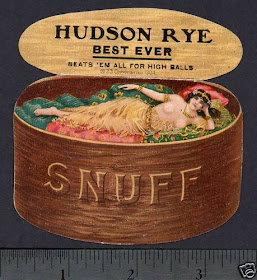







If a painting of one Coke bottle is worth $35,360,000, then by inference could a painting of 210 Coke bottles by the same artist be worth $7.4 billion? Shown here is a single Coke by “Pop” artist Andy Warhol that recently sold at auction for that eight figure sum. While not a record for a Warhol (his multiple Elvis sold for over $100 million), the sale still created shock and awe in the art world.
Warhol is enjoying huge attention for his paintings, particularly those done in the last years of his life when he seemingly “sold out” to commercial interests. In Milwaukee last year I caught a glimpse of a Warhol “Last Decade” exhibit that eventually made its way to the Baltimore Art Museum.
Viewing this display, a Washington Post art critic opined: “By the time he died in 1987 at age 58, Warhol had turned selling out into his principal art form. He held a mirror up to our sold-out commodity culture by selling himself as a cultural commodity. This launched a major movement in art.”
Whatever its true importance, Warhol’s production also met the criteria of this blog: It encompassed bottles as well as booze. Among Andy-Pop artworks are ads he produced for Martini and Rossi Vermouth in a four part series that ran in U.S. magazines from 1954 to 1963. They used a “blotted line” technique that became identified with the artist. Shown here in tandem are two of the ads, one of which featured a Warhol self-portrait. My favorite follows: A scene in Venice with gondola and a bright red sun. And, yes, a bottle of vermouth.
Just as notable were a series of ads Warhol created for Absolut Vodka. This was the product of Sweden’s Ahus Skane distillery, with origins in 1879. In 1985 the vodka brand commissioned Warhol to do a color ad that has remained an icon. The artist went on to do several other Absolut ads featuring bottles. With the launch of Absolut’s lemon-flavored Citron in 1988, once again Andy obliged, this time presenting bottles with evident erotic properties.
There is no question but that Andy Warhol has set the bar high for future artists to depict liquor bottles. All future efforts may well seem derivative of this master.
Having started with Andy’s multimillion dollar depiction of a single Coke, we end with another Warhol. This one shows 210 Coke bottles on a wall. I counted them. As suggested earlier, could it possibly be worth billions? Maybe it could be sold to help pay off the national debt.







